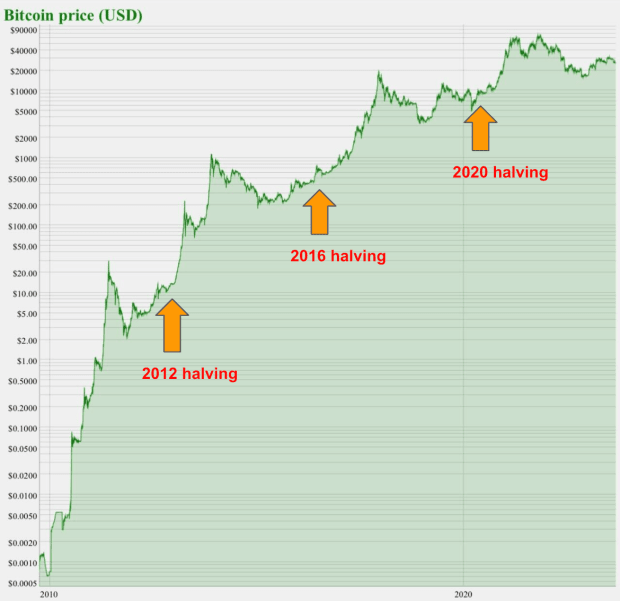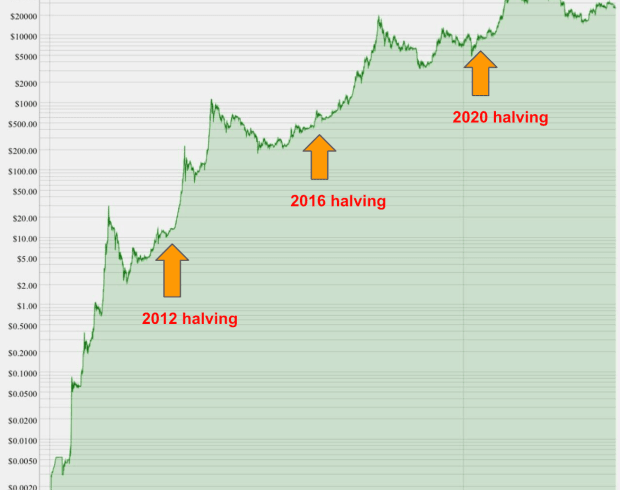Bitcoin has risen over 110% in 2023 at the time of writing, where the price of the asset started the year off at $16,677 on January 1, has now pumped to above $35,000 only 10 months later. With more room to run this year as hype builds in the market around the potential approval of a spot Bitcoin ETF by the SEC and the upcoming halving event, many are now questioning if this is the end of this cycle’s eventful bear market.
Since the few disastrous incidents that happened in the bear market causing the price drop, things are now looking more optimistic. As some of the worlds largest asset managers, including Fidelity, VanEck and WisdomTree, have filed in hopes to be the first in the United States to get approval for a spot Bitcoin ETF. One name in particular though is making more headlines than the rest, and that is the worlds largest asset manger BlackRock, who manages about $10 trillion.
BlackRock CEO Larry Fink recently made an appearance on Fox Business stating that their clients around the world are interested in getting exposure to Bitcoin, saying the recent price rally has been a “flight to quality.” Earlier this month, Bloomberg ETF analysts Eric Balchunas and James Seyffart raised their approval odds for a spot Bitcoin ETF by the SEC to 90% by January 10, 2024.
The next Bitcoin having is expected to take place in roughly 180 days in late April, 2024. The event will see the Bitcoin block reward drop from 6.25 BTC per block to only 3.125 BTC. This will be the fourth halving in Bitcoin’s history, with the first happening in November 2012, the second happened in July 2016, and the third happened in May 2020. Historically, a year leading up to and after the halving, the price of BTC goes up substantially.









